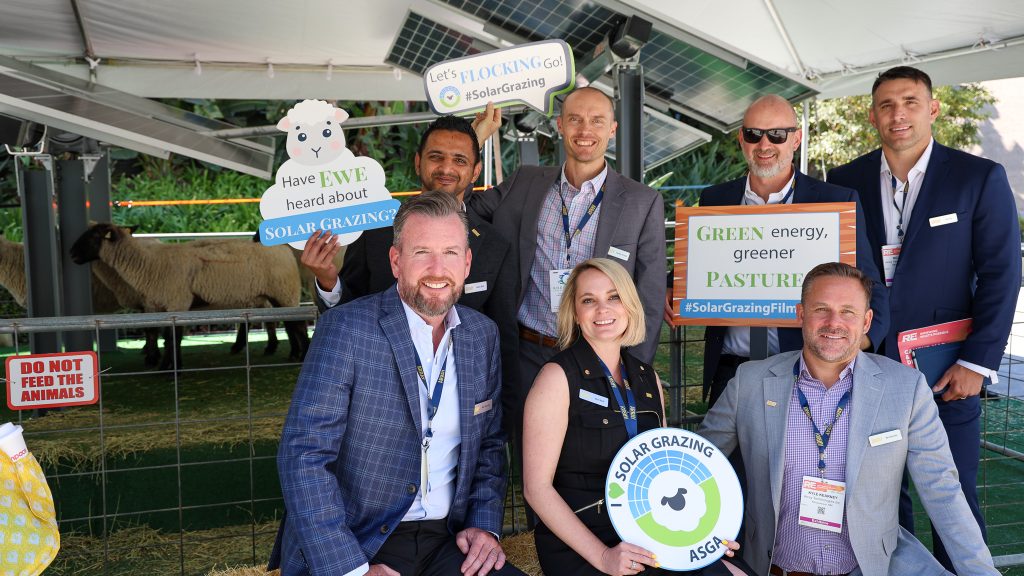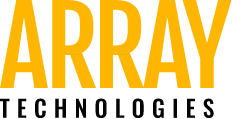
Springtime always puts an extra spring in my step —longer days, greener pastures, and more to chew on, literally and figuratively. Today, I want to talk about something even greener than the solar field I just finished grazing: the future of farming with solar.
I’ve spent plenty of time under the shade of solar panels, and I can tell you firsthand that agriculture and solar aren’t just coexisting, they’re thriving together. That’s what we call agrivoltaics, and let me tell you, it’s transforming the way we think about land use in utility-scale energy.
What Is Agrivoltaics, Really?
Agrivoltaics is all about making land work smarter—not harder. It’s the practice of using the same land for both solar energy production and agricultural purposes. That can mean growing crops under panels, yes—but it also includes grazing livestock, restoring native pollinator habitats, or even exploring other innovative land-use practices aimed at enhancing environmental benefits, such as carbon sequestration. The land stays productive, and the benefits go beyond the meter.
Solar arrays can provide just the right amount of shade to reduce water evaporation, protect plants from heat stress, and improve soil health over time. And when it comes to vegetation management? That’s where we sheep shine. A well-managed flock can keep growth in check—no fossil fuels, no herbicides, no noisy mowers. Just efficient, natural maintenance with a whole lot of upsides for the land.

ARRAY team visiting the ASGA booth during RE+ 2024.
Smart Land Use Starts with Smart Engineering
I’ve grazed under my fair share of solar trackers, and let me tell you —not all trackers are designed with land use in mind. That’s why I keep an eye out for ARRAY’s trackers—they’re built to last and easy to maintain. With products like the ARRAY STI H250™, ARRAY DuraTrack®, and ARRAY OmniTrack™, it’s easier than ever for developers and farmers to plan for dual land use from the start of a project.
At RE+ 2024, ARRAY teamed up with the American Solar Grazing Association to show just how seamlessly solar and agriculture can coexist. And let’s just say, we sheep stole the show.
ARRAY doesn’t just build trackers—they engineer long-term solutions. Their systems offer flexible configurations, durable components, and efficient operations that support grazing, crop cultivation, and even pollinator habitats.
How Agrivoltaics Strengthens Solar and Farming
Here’s the thing: solar and agriculture don’t need to compete—they can complement each other. With thoughtful planning, agrivoltaics can reduce vegetation management costs, create new income streams for landowners, and strengthen rural economies. It supports long-term land productivity while expanding access to solar development in agricultural regions.
That’s good news for developers, farmers, and yes, even sheep. Because when you combine solar with agriculture, you’re not just generating power—you’re investing in more resilient food systems, healthier ecosystems, and smarter land use.
So, the next time you pass a solar farm, think beyond the panels. Think crops. Think partnerships. Think hooves on the ground. And if you want to know what’s really happening between the rows, you know where to find me.
Click here for other articles by this author



